Knits and Wovens: What’s the Difference?
Understanding and identifying knits and wovens is essential to preventing all sorts of sewing and fitting puzzlement.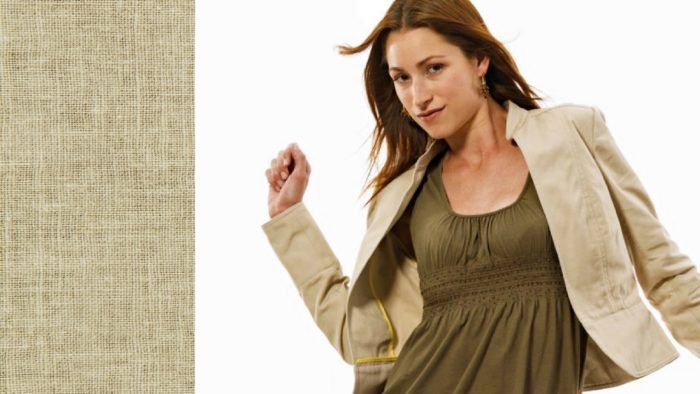
You’ve picked up a pattern you love and you’re about to buy fabric to go with it when you notice that the pattern specifies only knit fabrics. If you’re thinking “that sounds like Greek to me,” don’t be discouraged. Your pattern is simply talking about the two basic categories that fabrics fall into: knits and wovens. Understanding and identifying these categories is essential to preventing all sorts of sewing and fitting puzzlement. In the following pages, you’ll get all the information you need on these two basic fabric types to take the mystery out of pattern instructions.
How to i.d. your fabric
When you can’t tell if a fabric is a knit or woven, put it through these tests:
Look for loops or grain
In knit fabric (left), one continuous yarn is looped repeatedly to create what looks like tiny rows of braids. In woven fabric (right), multiple yarns cross each other at right angles to form the grain, like a basket.
 |
 |
Apply the stretch test
When you pull a knit fabric along its width, it will stretch significantly. Along its length, it will stretch slightly. If you stretch a knit fabric excessively, a run may form. Most woven fabrics can’t stretch along the lengthwise grain (the length of the fabric), and there is minimal give along the crosswise grain (the width of the fabric).
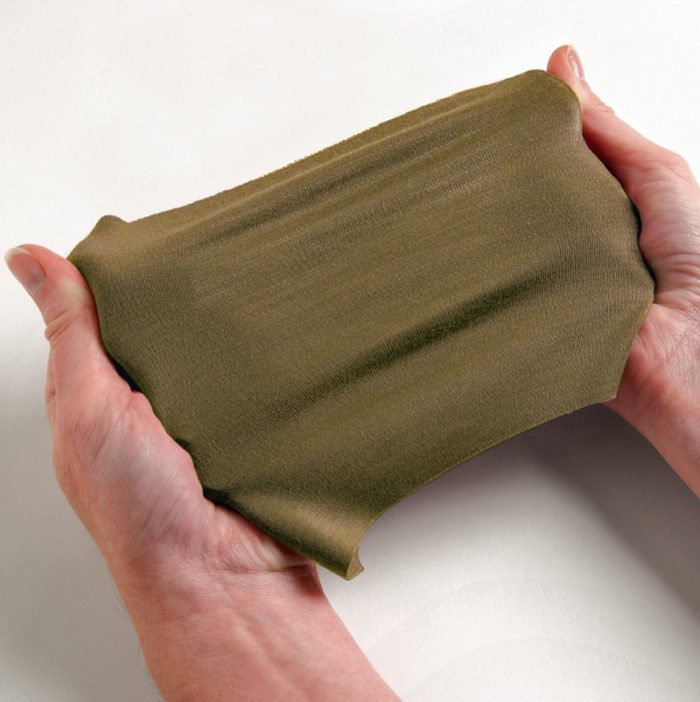
Check the wrinkle resistance
When you ball up a knit in your hand, it will crush easily. After you release it, the fabric will spring back into shape with few, if any, wrinkles. On the other hand, if you wad up a woven fabric, it usually wrinkles easily.
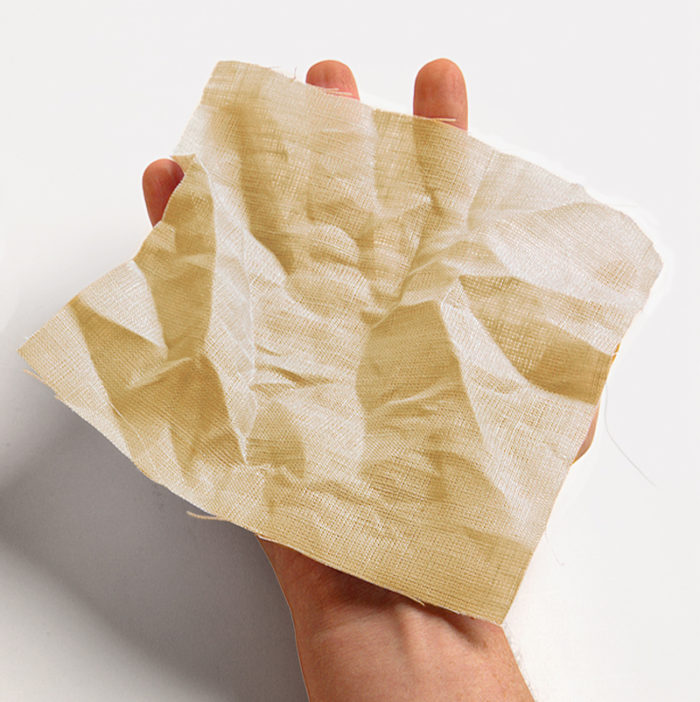
Inspect the edges
A knit is either sold as a tube or flat. On flat knits, factories apply round blobs of starch or glue along the lengthwise edges to prevent them form curling. Along the width, or cut edge, the fabric doesn’t fray. The lengthwise edges of a woven fabric, called the selvages, are strong and don’t move. The cut edge along the width of he fabric frays.
By Jan Bones and Pamela Howard
from Sew Stylish #1, pp. 36-37
Jan Bones (SewingLingerie.com) teaches sewing all across the United States and Canada. Pamela Howard teaches sewing in the metro Atlanta area.
Model photo: Jack Deutsch; hair and makeup, Christie McCabe. Studio photos: Sloan Howard.

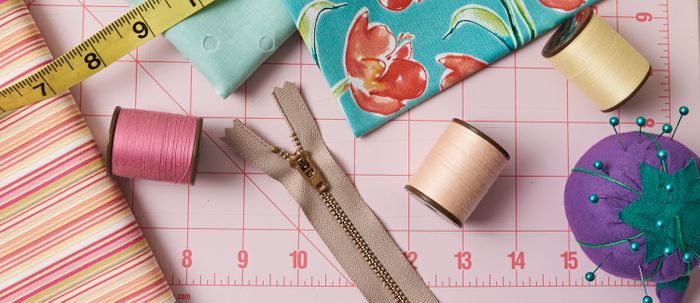

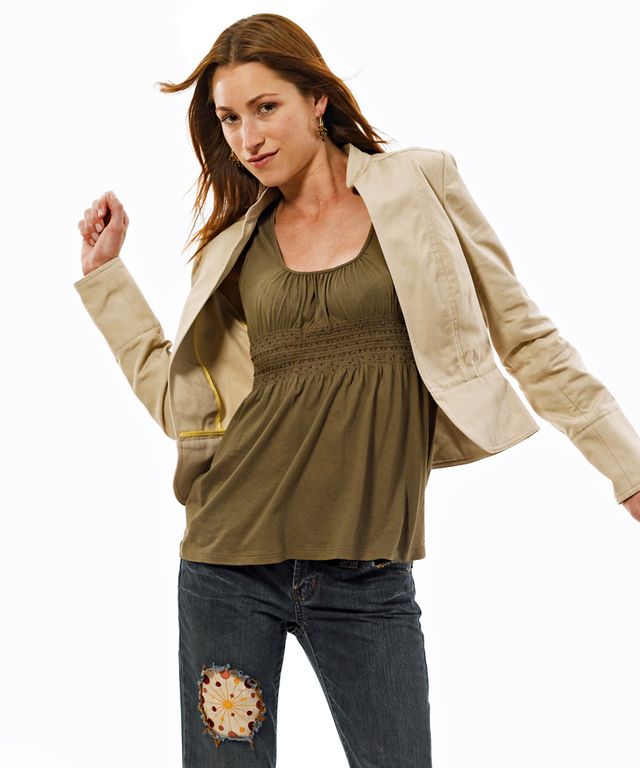
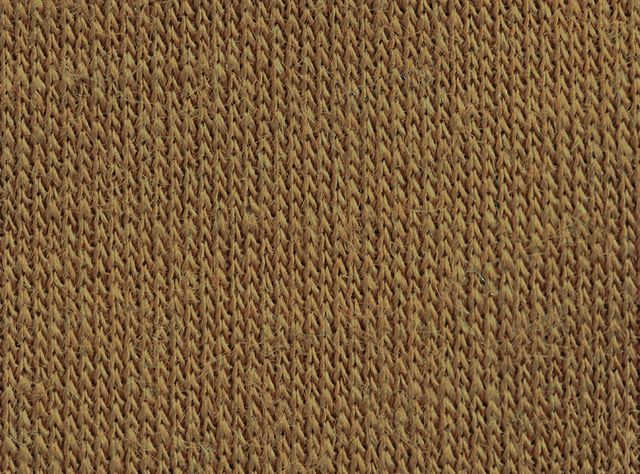
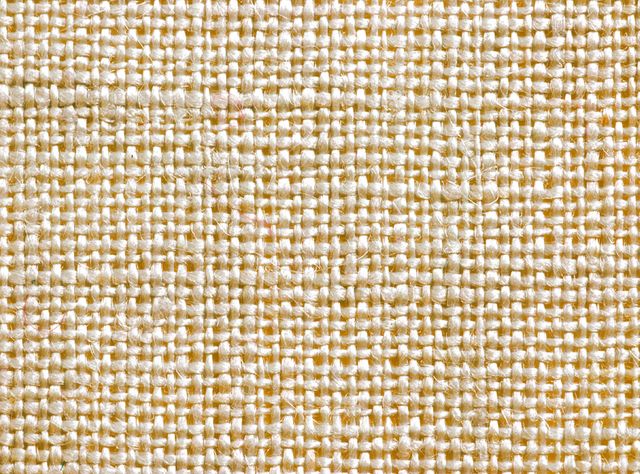
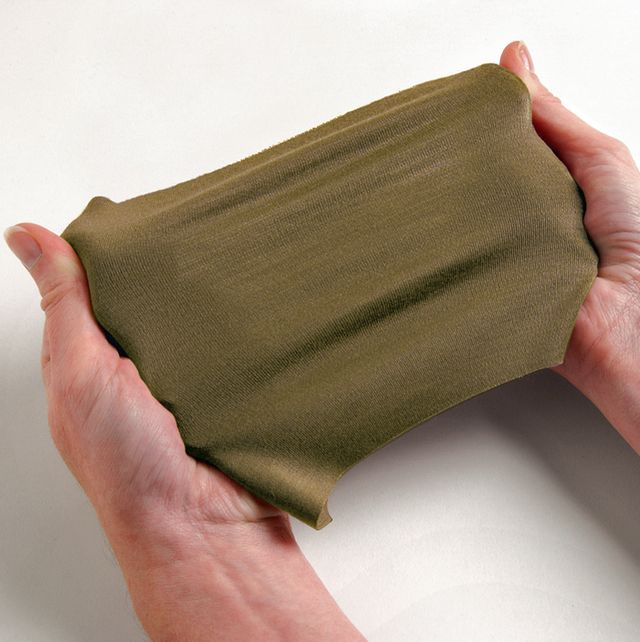
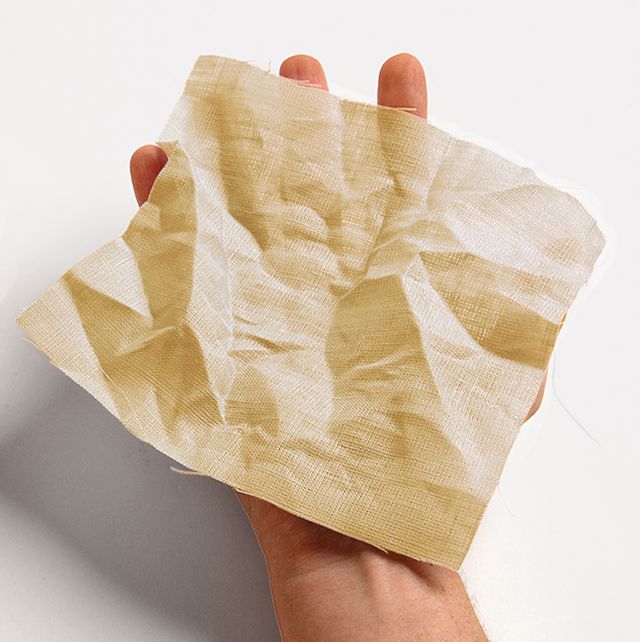
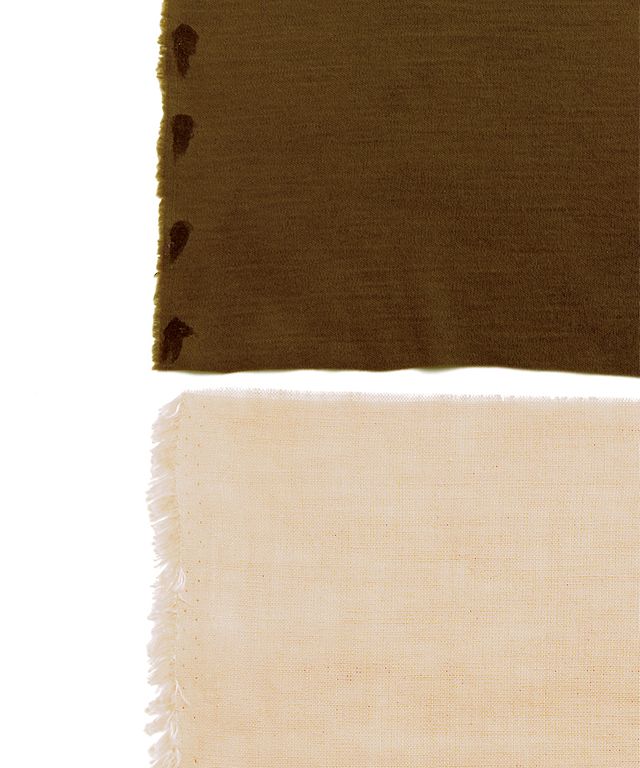



This actually makes sense once you think about it! Now I know the difference.
THANKS!
thanks for share....
wow realy nice.
wow i like it......
It's really cooollll!!!!
Thank you so much for sharing this amazing information...
This is so good!
nice project!
ok, I am pretty sick of rayon, and knit-polyesters, and SPANDEX in fabric--the knits may wear well for kids,but on we adults that "all-knit=clothing" can get very tiresome.I know its used as a fabric to avoid wrinkles and ironing, but so much is in "washable knits" I am very tired of the stuff.--and rayon does not hold up very well. ok, knits in undies make sense, but i won't buy clothing with Spandex anymore ,in it, unless its just exercise wear. --or tights. Your clothing with Spandex tends to go----BOING!--IN time,and it doesn't fit any more., and it does not "take in" very well. its like wearing a rubber-band with an explosion date.
Super!
Cool
nice